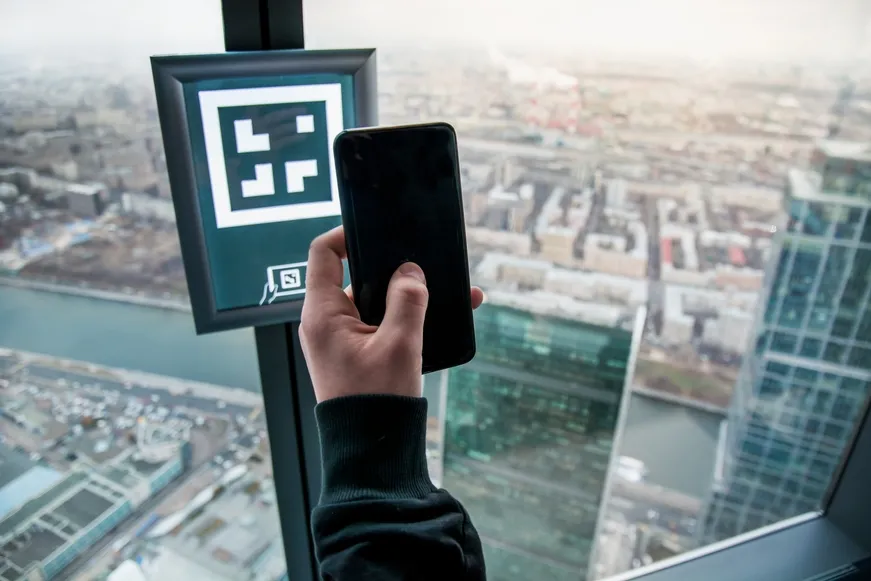QR codes are a method of contactless communication. When the user scans the code, the smartphone decodes it and accesses a relevant website or application. It is comparable to NFC technology in that it is quick and does not need any physical touch with the QR code or NFC chip between the smartphone and the object. On the other hand, NFC is more adaptable, while QR codes stay the same once produced.
NFC provides quicker, simpler, and more secure transactions and possibilities, but QR codes now reach a larger market since more phones can read them than NFC tags. Yet, as NFC gets more prevalent with custom smart card printing, the gap between it and QR codes closes.
To utilize a QR code, a company chooses what the code should connect to and then generates the picture using computer software. The picture is made accessible to the public by printing it on advertising or displays. But, if the company wishes to update the link, it must develop and issue a new QR code.
In comparison, printed wooden NFC cards have a main benefit, which is adaptability. It is possible to store many sorts of information and change it without ever producing a new NFC tag. The owner may replace the existing information on the tag with new information.
Another important benefit of NFC is its simplicity. A QR code requires the user to open a scanner app on their smartphone, scan over the QR code, and wait for the phone to analyze and respond to the code. In contrast, the information is quickly sent when a user waves their phone near an NFC tag location. There is no need to launch an app or wait for analysis. Read the infographic below from NFC Tagify to know more about QR codes versus NFC tags.

